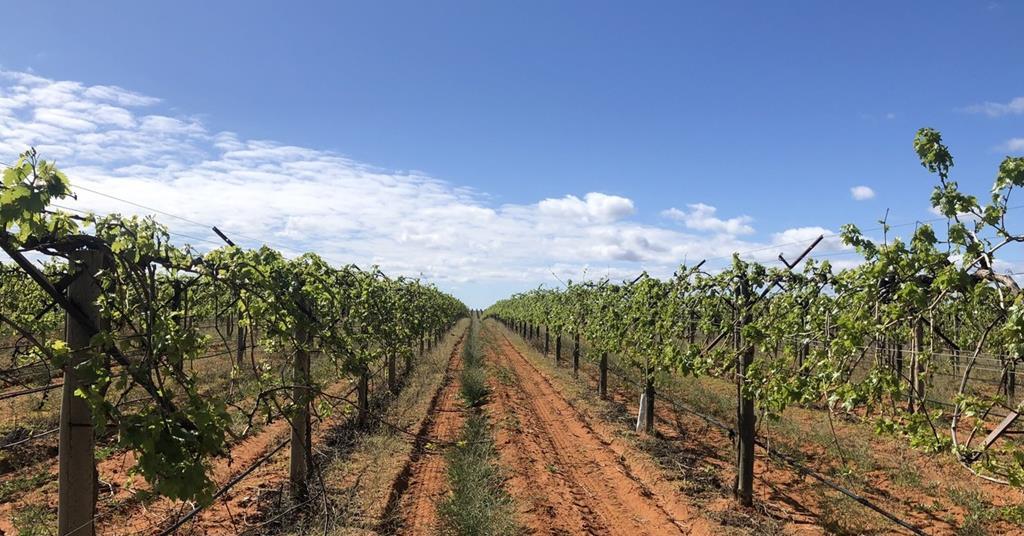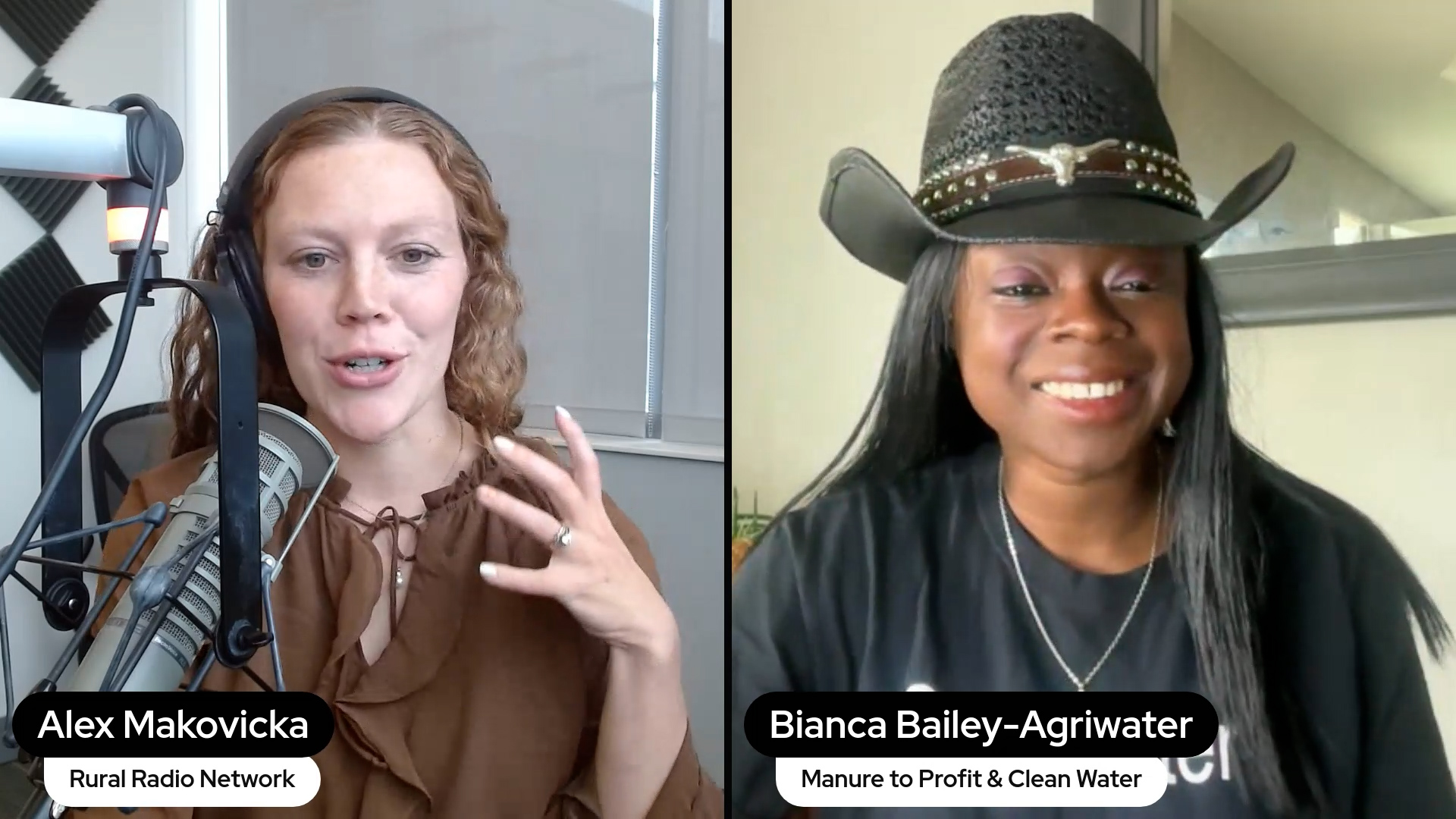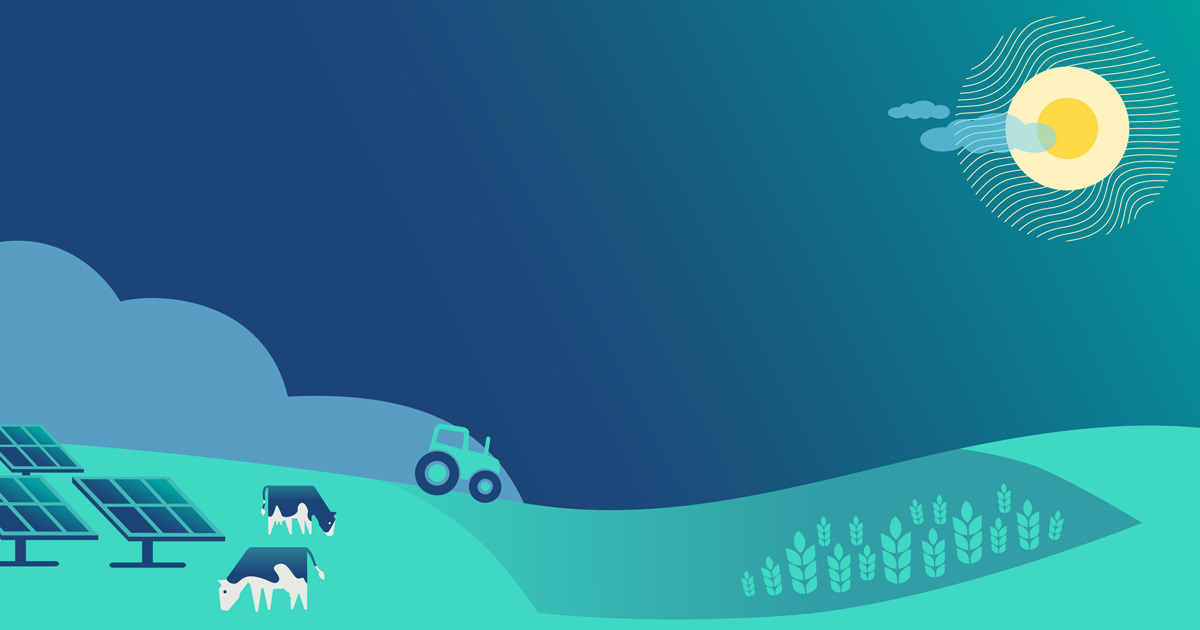Food and Farm Council Promotes Fresh, Local Food Production – St. Thomas Source

Report on the U.S. Virgin Islands’ Local Food and Farm Council Initiative for Sustainable Development
Introduction: Addressing Food Security and Sustainable Development Goals
The U.S. Virgin Islands faces a significant challenge to its food security, with the Virgin Islands Agricultural Plan reporting that 97% of its food is imported. This dependency creates vulnerabilities to supply chain disruptions from climate events and geopolitical crises. In response, a multi-stakeholder coalition has formed the Local Food and Farm Council of the Virgin Islands. This initiative directly addresses several United Nations Sustainable Development Goals (SDGs), primarily SDG 2 (Zero Hunger) by promoting sustainable agriculture and improving food security, and SDG 11 (Sustainable Cities and Communities) by building local resilience.
Strategic Initiatives and Alignment with Sustainable Development Goals
At a recent town-hall meeting, the Council outlined a comprehensive strategy to transition from planning to action, focusing on key areas that align with the 2030 Agenda for Sustainable Development.
Fostering Sustainable Production and Economic Growth (SDG 2, SDG 8, SDG 12)
The Council is actively promoting economic development and responsible production through targeted support for local agricultural producers.
- Grant Funding: A public-private partnership grant program awarded over $500,000 to 12 diverse farmers and fishers in 2024. These funds support the acquisition of equipment, technological development, and infrastructure improvements, contributing to SDG 8 (Decent Work and Economic Growth).
- Innovative Projects: Funded projects include the development of technology to process fish waste into fertilizer and enhancing the production of exotic fruits, aligning with SDG 12 (Responsible Consumption and Production).
- Organic Farming Promotion: In partnership with Ridge to Reef Farm, the initiative encourages organic certification by offering federal and territorial rebates to offset the cost, advancing sustainable agricultural practices under SDG 2.
- Future Funding: The Council is advocating for $1 million in government funding for 2025 to scale these efforts.
Enhancing Community Resilience and Engagement (SDG 11, SDG 13)
Central to the Council’s vision is the direct involvement of the community in building a resilient and sustainable food system.
- Community Gardens: A proposal is in place to develop four acres of government-managed land in Coral Bay into a community garden, a project supported by the V.I. Agriculture Department to increase local access to fresh produce.
- Community Supported Agriculture (CSA): The Ridge to Reef Farm has re-launched its CSA program, delivering boxes of locally grown organic produce across all three islands, strengthening the local food supply chain and fostering community connection to agriculture. This initiative enhances resilience to climate-related disruptions, a key aspect of SDG 13 (Climate Action).
Promoting Quality Education and Lifelong Learning (SDG 4)
The Council recognizes that long-term sustainability requires educational integration and knowledge sharing.
- Seeds of Security Program: A plan is being implemented to introduce a curriculum for students focused on growing food, composting, and engaging families in home gardening.
- Curriculum Integration: The overarching goal is to make food production a standard part of the educational experience for all students in the territory, directly contributing to SDG 4 (Quality Education) by providing practical skills for sustainable living.
Strengthening Partnerships and Institutional Capacity (SDG 17)
The success of the initiative is built upon a robust framework of collaboration, exemplifying SDG 17 (Partnerships for the Goals).
- Multi-Stakeholder Collaboration: The Council represents a partnership between community leaders, farmers, fishers, the University of the Virgin Islands (UVI), government bodies like the V.I. Agriculture Department, and non-profit organizations such as Island Green Living.
- Data-Driven Accountability: UVI’s Eastern Caribbean Center is tasked with establishing benchmarks and ensuring accountability through annual surveys, data collection on environmental conditions, and the development of a hazard mitigation plan.
- Business and Technical Support: UVI’s Agriculture and Business Center provides critical support to local producers, including workshops, training programs (some bilingual in partnership with the University of Puerto Rico), and grant-writing assistance.
Analysis of Sustainable Development Goals in the Article
1. Which SDGs are addressed or connected to the issues highlighted in the article?
The article highlights several issues and initiatives in the Virgin Islands related to food security, sustainable agriculture, education, and community resilience. These directly connect to the following Sustainable Development Goals (SDGs):
- SDG 2: Zero Hunger: The core theme of the article is reducing the Virgin Islands’ dependence on imported food (97%) and strengthening local food production to ensure food security, especially in times of crisis.
- SDG 4: Quality Education: The article discusses plans to integrate food production and sustainable agricultural practices into the school curriculum to educate the younger generation.
- SDG 11: Sustainable Cities and Communities: The initiatives aim to make the island communities more resilient to disruptions in food supply chains caused by events like hurricanes or political crises. Creating community gardens also enhances urban green spaces.
- SDG 12: Responsible Consumption and Production: The article emphasizes promoting sustainable agricultural practices, such as organic farming, composting, and developing technology to turn fish waste into fertilizer, which aligns with sustainable production patterns.
- SDG 17: Partnerships for the Goals: The entire effort is built on a multi-stakeholder collaboration involving community leaders, local farmers, fishers, the University of the Virgin Islands (UVI), government bodies like the V.I. Agriculture Department, and non-profit organizations.
2. What specific targets under those SDGs can be identified based on the article’s content?
Based on the initiatives described, several specific SDG targets can be identified:
- Under SDG 2 (Zero Hunger):
- Target 2.3: By 2030, double the agricultural productivity and incomes of small-scale food producers, in particular women, indigenous peoples, family farmers, pastoralists and fishers. The article mentions providing grants totaling over $500,000 to 12 diverse farmers and fishers to “purchase equipment, develop technology, and implement infrastructure,” directly supporting this target.
- Target 2.4: By 2030, ensure sustainable food production systems and implement resilient agricultural practices that increase productivity and production. The promotion of organic farming, the creation of community gardens, and the development of a hazard mitigation plan are all actions toward this target.
- Under SDG 4 (Quality Education):
- Target 4.7: By 2030, ensure that all learners acquire the knowledge and skills needed to promote sustainable development. The plan to implement a “Seeds of Security Program to teach students to grow food, compost waste, and engage their families in home gardening” and making “food production a part of the curriculum for all students” directly addresses this target.
- Under SDG 11 (Sustainable Cities and Communities):
- Target 11.b: By 2030, substantially increase the number of cities and human settlements adopting and implementing integrated policies and plans towards inclusion, resource efficiency, mitigation and adaptation to climate change, resilience to disasters. The article’s central goal of reducing dependence on imported food is a direct response to the community’s vulnerability to disasters (“what happens when ports are shut down because of a hurricane”). The council’s work on a “hazard mitigation plan” further supports this.
- Under SDG 12 (Responsible Consumption and Production):
- Target 12.5: By 2030, substantially reduce waste generation through prevention, reduction, recycling and reuse. The initiative to develop “technology to process fish waste into fertilizer” is a clear example of reducing and reusing waste. The educational program also includes teaching students to “compost waste.”
- Under SDG 17 (Partnerships for the Goals):
- Target 17.17: Encourage and promote effective public, public-private and civil society partnerships. The Local Food and Farm Council is a prime example of this, described as a “public-private partnership program” that brings together community leaders, farmers, fishers, the University of the Virgin Islands, and the V.I. Agriculture Department to achieve common goals.
3. Are there any indicators mentioned or implied in the article that can be used to measure progress towards the identified targets?
Yes, the article mentions several quantitative and qualitative indicators that can be used to track progress:
- Percentage of Imported Food: The baseline indicator is explicitly stated: “97% of the food we now eat in the Virgin Islands is imported.” A reduction in this percentage would be a primary measure of success for local food production initiatives (relevant to SDG 2).
- Financial Investment: The amount of funding allocated and disbursed serves as an indicator of commitment and support. The article mentions “$500,000” in grants awarded in 2024 and a request for “$1 million in funding for grants in 2025” (relevant to SDG 2, Target 2.3).
- Number of Beneficiaries: The article states that “12 diverse farmers and fishers were awarded” grants. Tracking the number of farmers, fishers, and small businesses supported is a direct indicator of outreach and impact (relevant to SDG 2, Target 2.3).
- Educational Program Participation: The number of students participating in the “Seeds of Security Program” and the number of schools that integrate food production into their curriculum would be key indicators for educational goals (relevant to SDG 4, Target 4.7). The article also mentions “85 participants in workshops and training programs” through UVI’s Agriculture and Business Center.
- Adoption of Sustainable Practices: The number of farmers who become “trained and certified as organic growers” is a specific indicator of the shift towards sustainable agriculture. The article notes that “70% of farmers in the territory would like to become” certified (relevant to SDG 2, Target 2.4).
- Data Collection and Surveys: The article explicitly mentions a “data-driven approach which involves annual surveys for home growers and farmers” and “collecting data on rain and soil,” which are direct methods for generating indicators to measure progress and ensure accountability.
- Community Engagement: The creation of a “four acres… community garden” is a tangible outcome and an indicator of community action and access to green space (relevant to SDG 11).
4. Summary Table of SDGs, Targets, and Indicators
| SDGs | Targets | Indicators Identified in the Article |
|---|---|---|
| SDG 2: Zero Hunger |
2.3: Double productivity and incomes of small-scale food producers.
2.4: Ensure sustainable and resilient food production systems. |
|
| SDG 4: Quality Education | 4.7: Ensure learners acquire knowledge and skills for sustainable development. |
|
| SDG 11: Sustainable Cities and Communities | 11.b: Implement policies for resilience to disasters. |
|
| SDG 12: Responsible Consumption and Production | 12.5: Substantially reduce waste generation. |
|
| SDG 17: Partnerships for the Goals | 17.17: Promote effective public, public-private and civil society partnerships. |
|
Source: stthomassource.com
What is Your Reaction?
 Like
0
Like
0
 Dislike
0
Dislike
0
 Love
0
Love
0
 Funny
0
Funny
0
 Angry
0
Angry
0
 Sad
0
Sad
0
 Wow
0
Wow
0
















































:focal(1500,1000)/https://media.globalcitizen.org/a6/9a/a69a4720-d8a1-4715-b596-18738d03c05c/rotary_polio_hero_image.jpg?#)







/countries/sri-lanka/photo-credit---dmc-sri-lanka.tmb-1200v.jpg?sfvrsn=dc298bcc_1#)


















